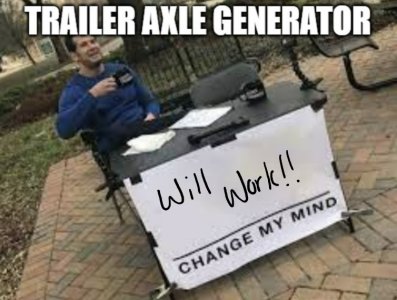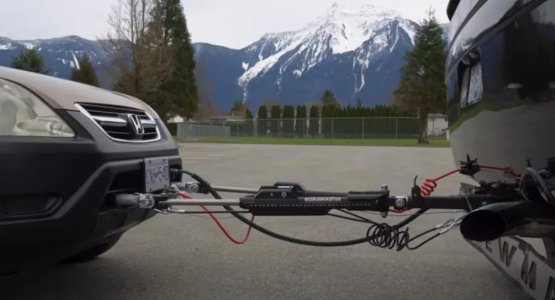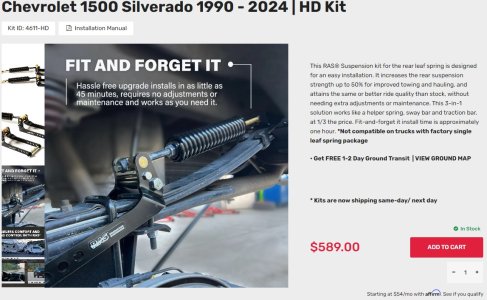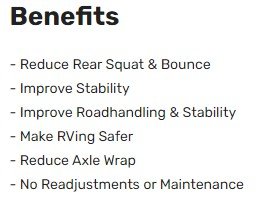One of the draw backs to EV vehicles is the drastic decrease in range when towing. I'm wondering if Scout Motors can put some emphasis on this and lead the way to help overcome this problem, which leads to more potential buyers (especially with a full size truck model)
Some initial thoughts:
Some initial thoughts:
- Consider a new trailer plug type that can tranfser energy from the trailer to charge the vehicles batteries.
- Hate changing the current plug type because it has become the standard for all. It feels a little like the frustration when iPhones and Androids change their charging cord all the time. Maybe adding a charging port next to the female trailer connection, and if the trailer is set up to help charge it simply has an additional pig tail on the male side??
- If this additional charging port was in the center of the bumper, maybe the everyday charging port should be at the front of the vehicle, giving both options when parking.
- Hate changing the current plug type because it has become the standard for all. It feels a little like the frustration when iPhones and Androids change their charging cord all the time. Maybe adding a charging port next to the female trailer connection, and if the trailer is set up to help charge it simply has an additional pig tail on the male side??
- Still like the previous idea of battery Jerry Cans for the Scout, and charging stations having an exchange program. This same idea could possibly be used for trailers. Have an area on the front of the trailer that can hold a series of Jerry Cans to help increase the range while towing.
- Curious if someone out there knows the math on how much a Jerry Can size of batteries can roughly increase the range for a typical EV (not towing anything)
- Bear with me on this one - just spit balling here: Scouts have always been apart of world of axel swaps. Could Scout Motors design a trailer axle, that can be swapped out, that uses the rotation as it travels down the road to turn an electric generator? ...say a 240v generator? Could two 240v generators in a series be used to bypass the charging of the batteries and simply power the electric motors? I'm sure it isn't that easy, or somebody would have already done it. But is seems like there should be a way to harness some of the energy from the trailer cruising down the road.
- Another idea is permanently mounted battery packs on trailers that are charged before the trip.
- Mounting that Mazda motor previously discussed or a gas generator to the trailer (can see the EV haters now, having a hayday with this one)
Last edited:






